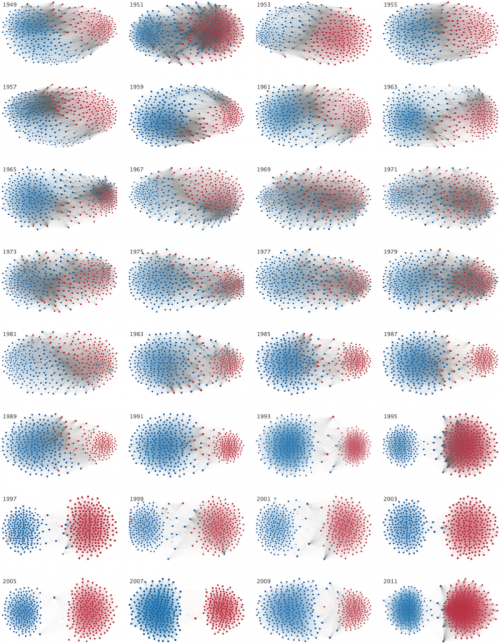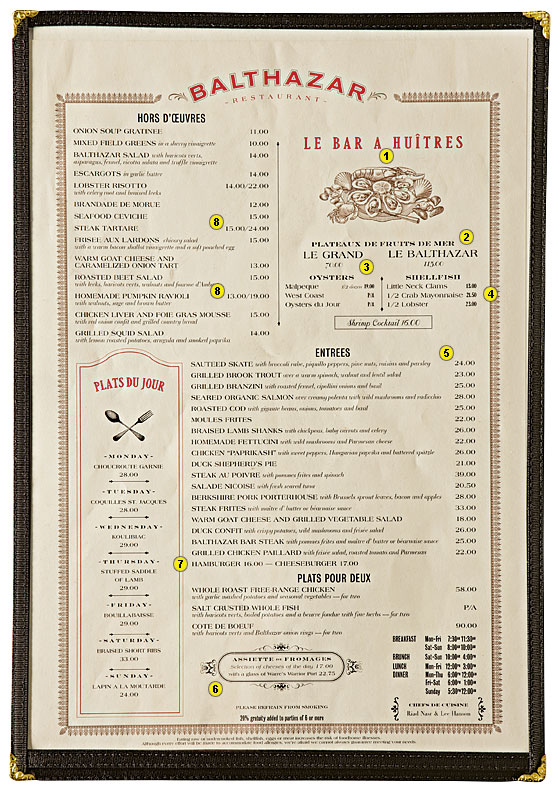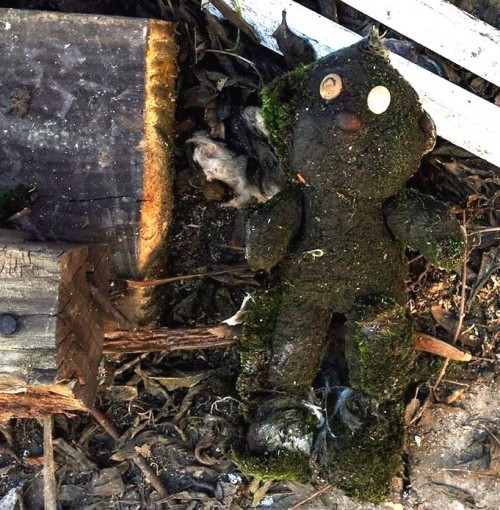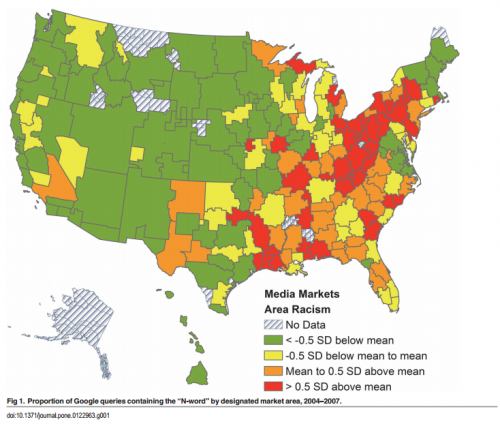I’m going to start this post even though I don’t have an ending.
About a year ago I was asked to start writing for Playboy. The editor said that he was helping to transform the magazine’s website into one that “was a destination for smart writing on sex.” I said that I’d keep the offer in mind but, between you and me, the answer was no.
Around the same time, I heard of some other high-profile feminist writers being invited as well. “Huh,” I thought, “they may actually be serious about this.”
Since then, I’ve ended up on the Playboy website a couple of times, following links by like-minded people who found material they thought was valuable. I’ve been surprised and tentatively impressed. Then, this week there was a flurry of links to a piece by Noah Berlatsky, deftly and smartly analyzing feminist responses to trans woman Laverne Cox’s decision to pose nude for Allure.
The article began with a cropped screenshot of Cox’s photograph featuring her face and de-emphasizing her body and a quote from Cox about the widespread belief that black women and trans women, and especially black trans women, can’t be beautiful.
Berlatsky then goes on to discuss the challenges intersectionality poses to feminism, conflicts within feminism about whether trans women count as women, debates over cosmetic surgery and the problem with trying to live up to patriarchal standards of beauty, and whether Cox’s decision to pose naked is degrading. You don’t have to agree with all Berlatsky says to notice that he is no stranger to feminist theory.
Moreover, he seems to look upon Cox’s photograph with a delicate and sensitive gaze, describing what he sees like this:
Cox is not fashion-model-thin. She’s not fashion-model-petite or willowy, either. She has very large hands, which are not hidden, boldly displayed. In the photo, Cox lies on a blanket; her body taut rather than relaxed, her head in one big, strong hand, eyes closed, a slight smile on her face — like she’s a little embarrassed and amused at being embarrassed. She’s voluptuous and awkward and sweet all at once. In her simultaneous enjoyment of and discomfort before the camera, she seems, in the frankly staged pose, startlingly natural — and beautiful.
As I reached the end of the article, I was considering sharing a post from Playboy for the very first time. Then, this happened:
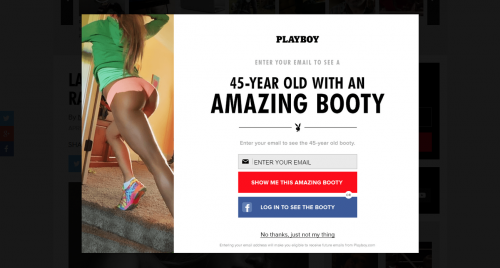
That’s a screenshot of a pop-up that arrived on my screen when I reached the end of Berlatsky’s thoughtful, feminist essay. It says: “Enter your email to see a 45-year-old with an amazing booty.” In other words, “Click right now to see a woman still fuckable after 40!” (And here I’m going to just go with the idea that this is sexist, but not engage with the extensive feminist theorizing about pornography.)
This is where I’m at a loss.
Is this what change looks like? Is this what change looks like, specifically, when it comes from inside of an organization? A slow, stuttering shift from misogyny to feminism, replete with missteps and contradictions?
Who’s in charge over there? What is their strategic plan? Are they trying to appropriate feminism? It’s not like they haven’t done it before. What role do they see this feminist discourse playing in a space that’s still so misogynist?
Or is the right hand just not paying attention to what the left hand is doing? Maybe Berlatsky was as surprised by the pop-up as I was, thinking “Come on, guys!” Or do they not think that their pop-up was sexist at all?
And, from a feminist perspective, does this do anyone any good? I don’t mean this rhetorically. I honestly don’t know how to answer that question. And, on the flipside, could this hurt feminist activism?
What say you?
Lisa Wade, PhD is an Associate Professor at Tulane University. She is the author of American Hookup, a book about college sexual culture; a textbook about gender; and a forthcoming introductory text: Terrible Magnificent Sociology. You can follow her on Twitter and Instagram.

